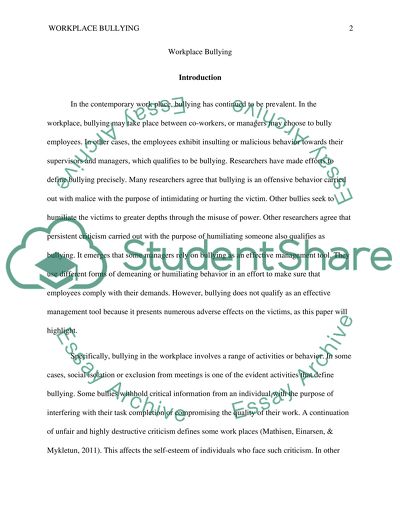Cite this document
(“Human Resource Management 323/Assignment#5 Assignment”, n.d.)
Human Resource Management 323/Assignment#5 Assignment. Retrieved from https://studentshare.org/human-resources/1671220-human-resource-management-323assignment5
Human Resource Management 323/Assignment#5 Assignment. Retrieved from https://studentshare.org/human-resources/1671220-human-resource-management-323assignment5
(Human Resource Management 323/Assignment#5 Assignment)
Human Resource Management 323/Assignment#5 Assignment. https://studentshare.org/human-resources/1671220-human-resource-management-323assignment5.
Human Resource Management 323/Assignment#5 Assignment. https://studentshare.org/human-resources/1671220-human-resource-management-323assignment5.
“Human Resource Management 323/Assignment#5 Assignment”, n.d. https://studentshare.org/human-resources/1671220-human-resource-management-323assignment5.


